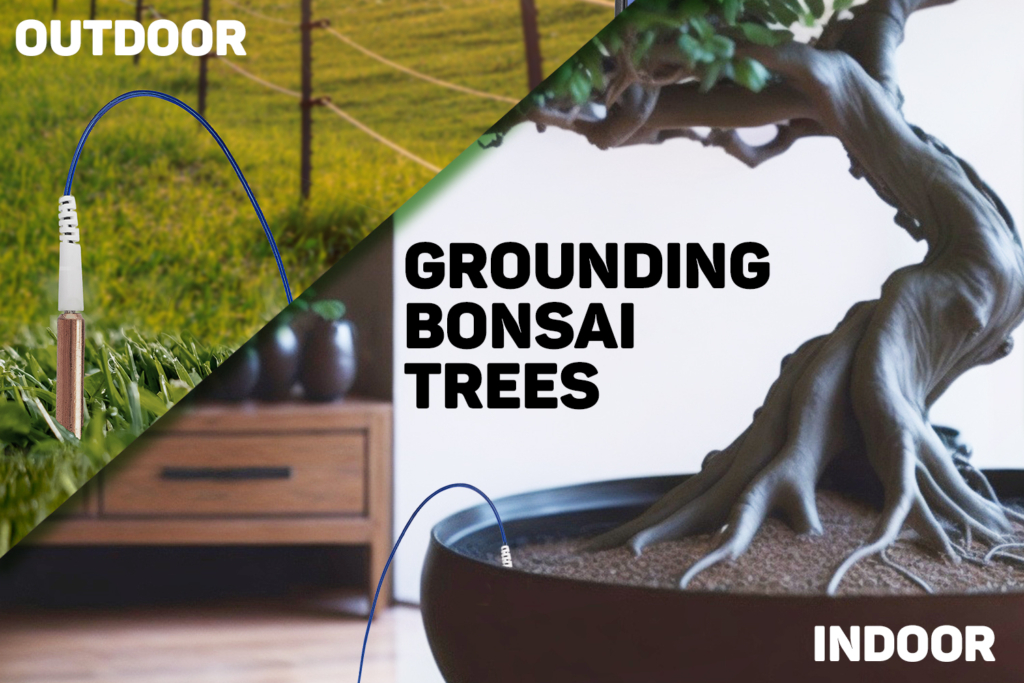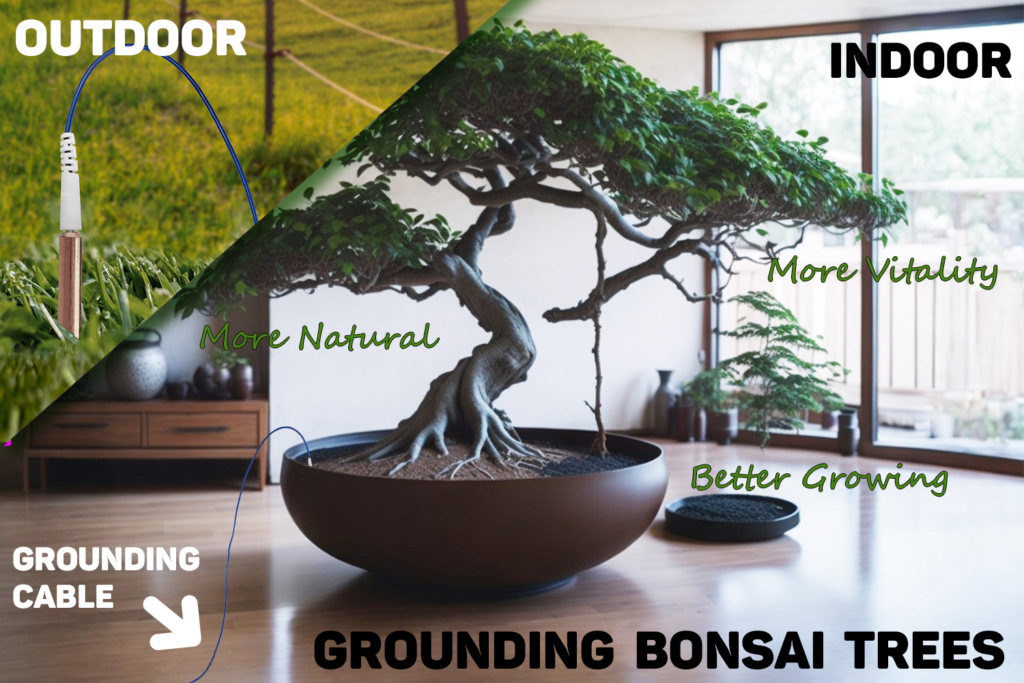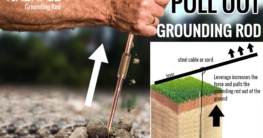Natural Equilibrium: Grounding Bonsai Trees with Copper Rods
Infuse a touch of nature into your surroundings: Discover how grounding indoor bonsai trees using copper rods can elevate the growth and vitality of your cherished green companions.
Enhance the well-being of your bonsai tree
Bonsai trees epitomize the beauty and harmony of nature on a miniature scale. But did you know that a simple step – grounding with copper rods – can significantly enhance the well-being of your indoor bonsai trees? In this post, we’ll uncover how grounding bonsai trees using copper rods can not only boost growth but also enhance the health and allure of your plants.
Why Ground Bonsai Trees?
Most bonsai trees are cultivated in pots and often miss out on direct contact with outdoor soil. Grounding bonsai trees brings them back to a natural equilibrium by allowing them to absorb grounding energy straight from the soil. This can lead to improved nutrient uptake, strengthened roots, and overall healthier growth.
Grounding Rod as a Link to Nature
Copper is an excellent conductor of electricity, serving as an effective conduit for Earth’s energy. By inserting a copper rod into the soil outdoors and connecting it to the pot of your bonsai tree via a cable, you establish a direct connection to this natural energy source. Our grounding rod kit with a 24″ copper rod and a 65ft cable is very suitable. It can be plugged directly into the pot of your bonsai tree.
Benefits of Grounding Bonsai Trees with Copper Rods:
- Growth Enhancement: Grounding energy can stimulate your bonsai trees’ growth, making them more robust and resilient.
- Improved Health: Grounding improves nutrient absorption and metabolism, resulting in healthier leaves and stronger roots.
- Stress Relief: Just like humans, plants benefit from grounding’s stress-reducing effects and dispelling negative energy.
How to Ground Bonsai Trees with Copper Rods:
- Choose a suitable copper rod that can be placed in the soil outdoors.
- Insert the copper rod at least 30 cm deep into the soil, ideally near the bonsai pot.
- Connect the copper rod to a cable placed inside the bonsai pot.
- Regularly inspect the copper rod for corrosion and ensure the cable is securely fastened.
A grounded bonsai tree is happy
Grounding bonsai trees with copper rods isn’t just a method to boost growth and health; it’s a way to bring the natural connection to the Earth into your home. Explore the grounding energy your bonsai trees need to flourish to their fullest potential. By using copper rods, you’re bridging the gap between the outdoors and the beauty within your home. Elevate your bonsai journey with a touch of nature’s grounding embrace.







